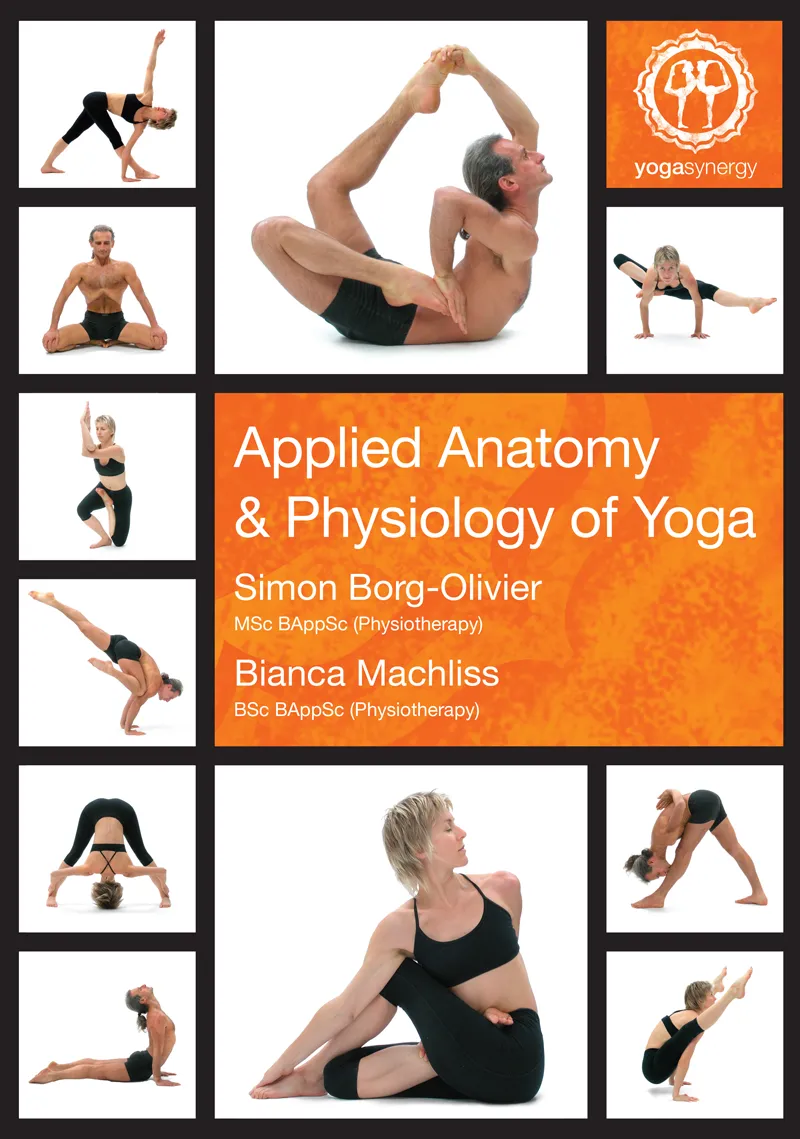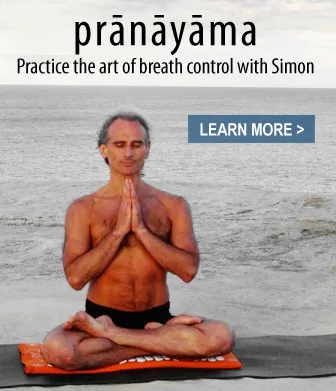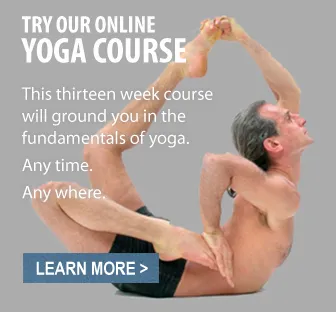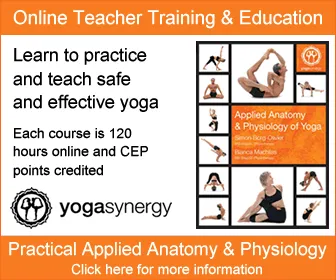
The Benefits of Natural Breathing and Reduced Breathing
In the world of exercise and yoga there are many misconceptions about the topic of breathing. The main points in this blog are :
If you are doing specific breathing exercises you will have a better physiological result if you actually breathe less than normal
The safest and most effective way to breathe for most people during exercise is with natural breathing
Increasing your carbon dioxide levels can be good for you
There are many benefits of learning how to use all the muscles of breathing and to learn to breathe in several different ways that I am going to discuss with you another time. However, when a person is in peak fitness and in the more advanced stages of yoga, it is the art of breathing a bit less than normal (mild hypoventilation), relative to the physical activity you are engaged in, that gives you the most physiological benefits. The less air you breathe every minute, the more you will build up carbon dioxide inside your body. Contrary to popular belief, carbon dioxide has many benefits inside your body. Carbon dioxide, which builds up inside you by breathing less than normal (hypoventilation) in every day life and also by exercising without over-breathing, helps to:
bring more blood to your brain and heart (vasodilation)
allow more oxygen to enter your body via your lungs (bronchodilation)
increase oxygen uptake into your cells, which can increase your energy levels to 18 times as much
calm your nervous system and reduce stress
increase digestion of food by stimulating hydrochloric acid levels
reduce your appetite for heavy, processed and acidic food
Relaxed abdominal breathing is the most beneficial breathing for most people in most cases
For a beginner, the best way to get the benefits of the build-up of carbon dioxide is to try to maintain natural breathing (relaxed abdominal breathing) as much as possible and in as many activities as you can. What I am saying here is that it is good to rest in a healthy posture (sitting, standing or lying) and breath minimally and naturally, and it is also good to exercise hard without forcing yourself to breathe more than you need to. You can experience some undesirable side-effects if you breathe more than your body needs to both while at rest or during exercise.
Natural breathing at rest has three fundamental properties:
1. Inhalation is diaphragmatic (abdominal)
2. Exhalation is passive (does not require additional muscle activity)
3. The amount of breathing is minimal (no more than you need at that time)
If you are exercising or doing physical activity, then it is normal to increase your breathing. However, if you are breathing naturally, the inhalation should at least begin in the abdomen, then it may also go to the chest. Ideally the exhalation is still passive, although if you are exercising really hard you may need to use extra muscles to breathe out faster (for best health results this intensity of exercise should not practiced more than about 10% of the total exercise time), and you should still not breathe more than you feel you need to during those times.
For more advanced practitioners of breath-control exercises there are many things one can do with breathing that can increase carbon dioxide once the body is adequately prepared. Very slow breathing of up to 30 seconds inhale and 30 seconds exhale, and holding the breath are two of these ways. In the graph below showing time on the horizontal axis and levels of exhaled carbon dioxide (CO2) on the vertical axis, you can see how my exhaled carbon dioxide levels (which are generally elevated if you are in good health) increased when I breathed less than normal and decreased when I breathed more than normal: I followed my period of increased breathing by not breathing at all for a few minutes. This left me with the highest level of carbon dioxide during my final period of natural breathing and also left me with increased levels of energy and a very peaceful state of wellbeing.

Levels of carbon dioxide in exhaled air during a set of breathing exercises (Click on diagram to enlarge)
Most people get the best results by simply breathing naturally during posture, movement and exercise:
It is best for most people (until they are very experienced) to practice posture and movement separate to specific breath-control. It is difficult for most people to do more than one thing at once while each is still being learnt. What tends to happen when people try to learn posture and breathing at the same time is that either the posture or the breathing is compromised. Compromising the posture can damage muscles, ligaments or joints. Compromising breathing could lead to over-tension, over-stress back problems, headaches, problems with digestion immunity and your reproductive system as well as a host of other problems.
The Benefits of Diaphragmatic (Abdominal) Breathing:
The best way to breathe is Diaphragmatically. This is because the diaphragm is a key controller of the Autonomic (Automatic) Nervous System.
The Autonomic Nervous System has 3 parts:
The Sympathetic Nervous System – This regulates the Fight or Flight Response. So it prepares the body for anticipated danger or conflict. When stimulated it causes Heart Rate and Blood Pressure Increase.
The Parasympathetic Nervous System – This is the Relaxation – Recovery System. When stimulated it causes Heart Rate and Blood Pressure Decrease.
The Enteric Nervous System – This system is the link between the Gut and the Brain. It is also oftenl called the “Gut Brain”. There is more nervous tissue in the Intestinal Region to do with the enteric nervous system than in the Spinal Cord. Also there is more nervous tissue around the area of the Intestines than in a cat’s brain. The Enteric nervous system regulates digestive activity. It is located in the sheaths of tissue lining in the Oesophagus, Stomach, Small Intestine and Colon. It is considered a single entity it is a network of neurons, neurotransmitters, and proteins
When the diaphragm is being used correctly the activities of the autonomic nervous system are more likely to be in balance.
To Practice Diaphragmatic Inhalations:
Here is a simple sequence of practice will be the following eight types of inhalations. All but two (exercises 4 and 5) are either purely diaphragmatic or begin with diaphragmatic breathing:
1a. Supine relaxed abdominal (diaphragmatic) natural breathing
1b. Seated relaxed abdominal (diaphragmatic) natural breathing (not shown in the figures below)
2. Supine enhanced abdominal (diaphragmatic) breathing
3. Seated enhanced abdominal (diaphragmatic) breathing
4. Seated chest (thoracic) breathing
5. Supine chest (thoracic) breathing
6. Seated complete (abdominal then chest) breathing
7. Supine complete (abdominal then chest) breathing
Each practice can be done with a passive exhalation (through the elastic recoil of the muscles of breathing) or with the assistance of muscles of breathing.
If you wish to learn more about breathing you can join our 17 session online video course on simple breath-control for everyone that can help you to calm you mind, give you lots of energy, help you sleep better and help to relieve and/or prevent back and neck pain.

Breathing exercises from Applied Anatomy and Physiology of Yoga” By Simon Borg-Olivier and Bianca Machliss. Please click to enlarge and clarify.

Breathing exercises from Applied Anatomy and Physiology of Yoga” By Simon Borg-Olivier and Bianca Machliss. Please click to enlarge and clarify.









